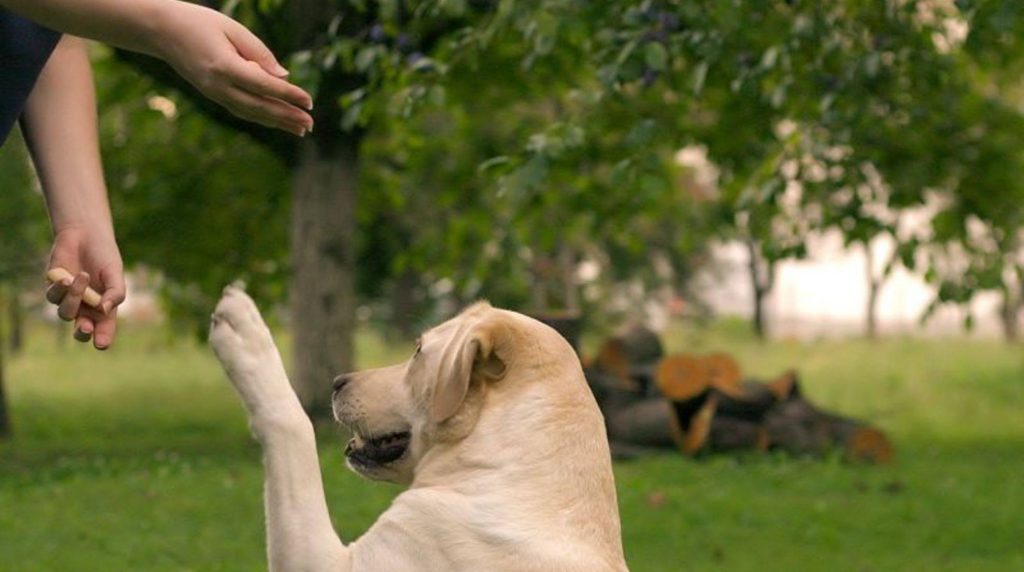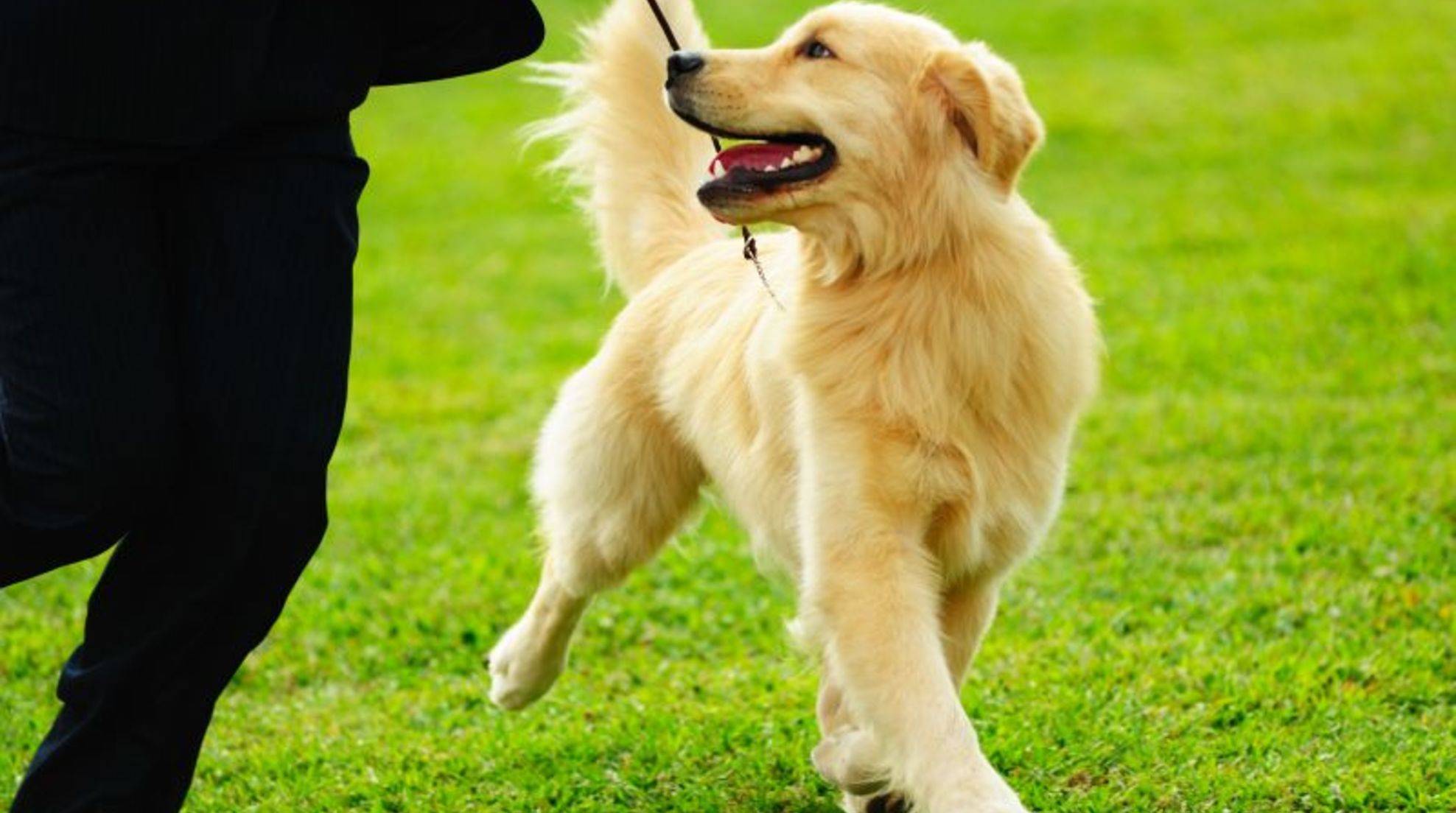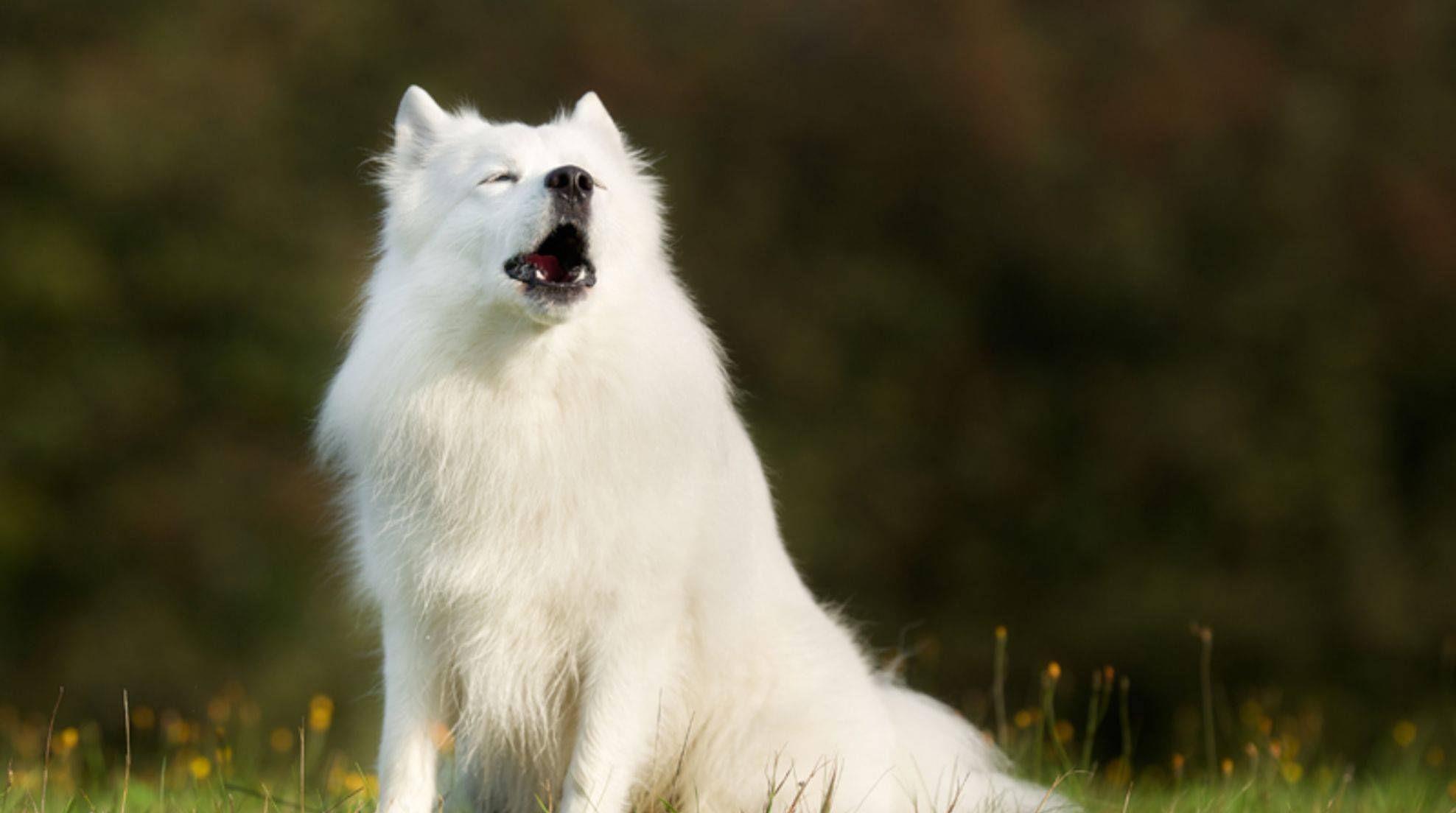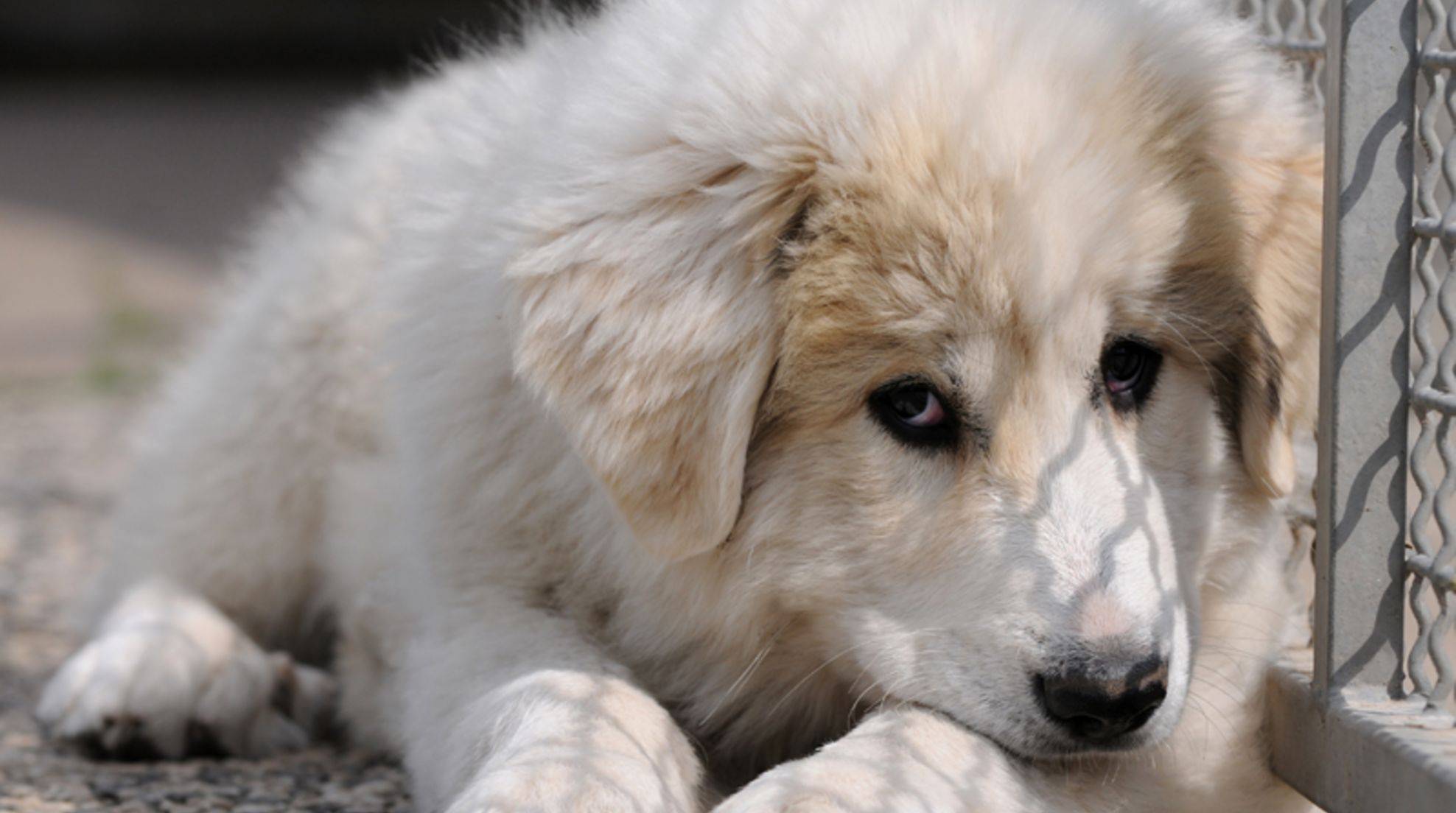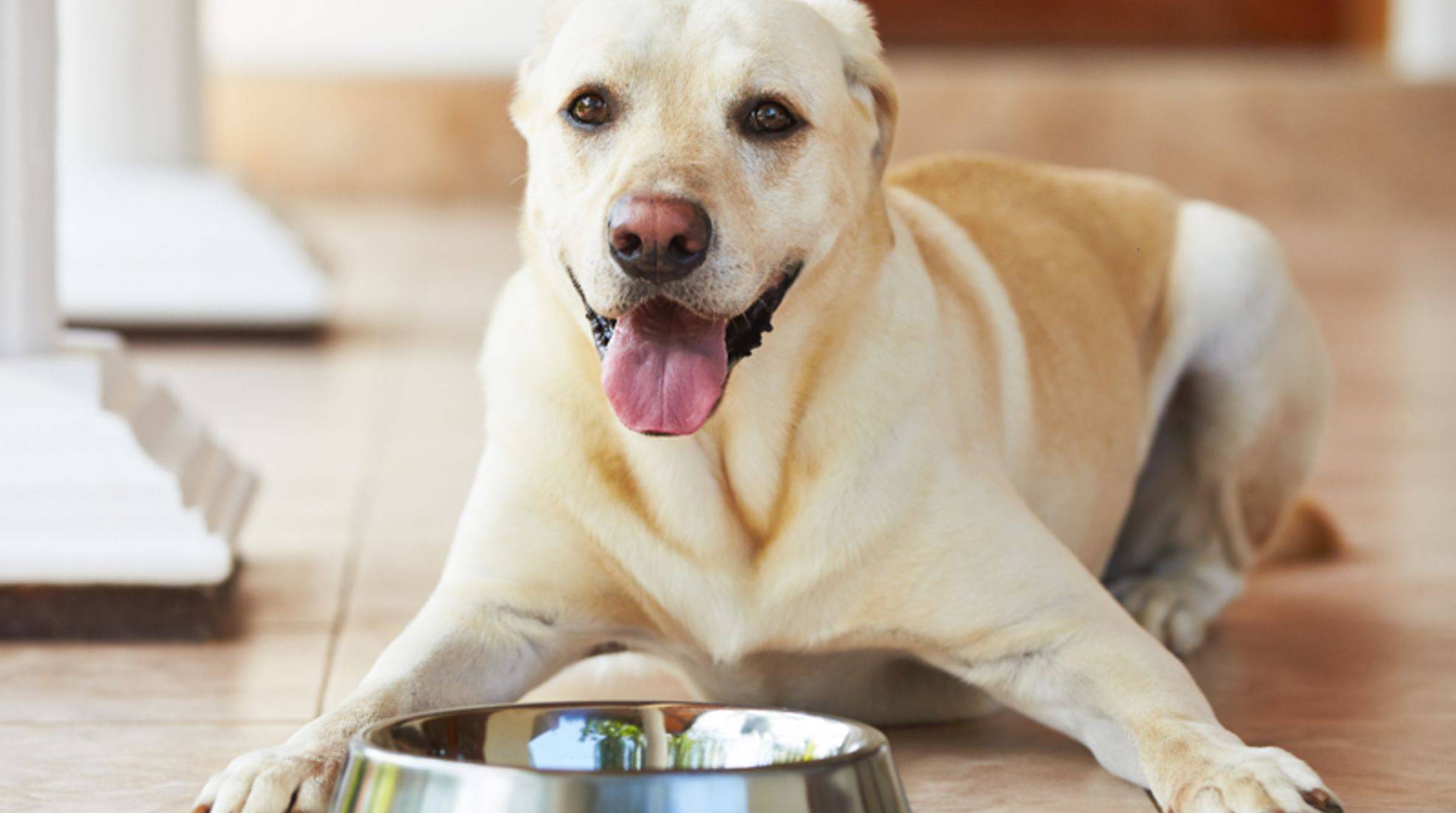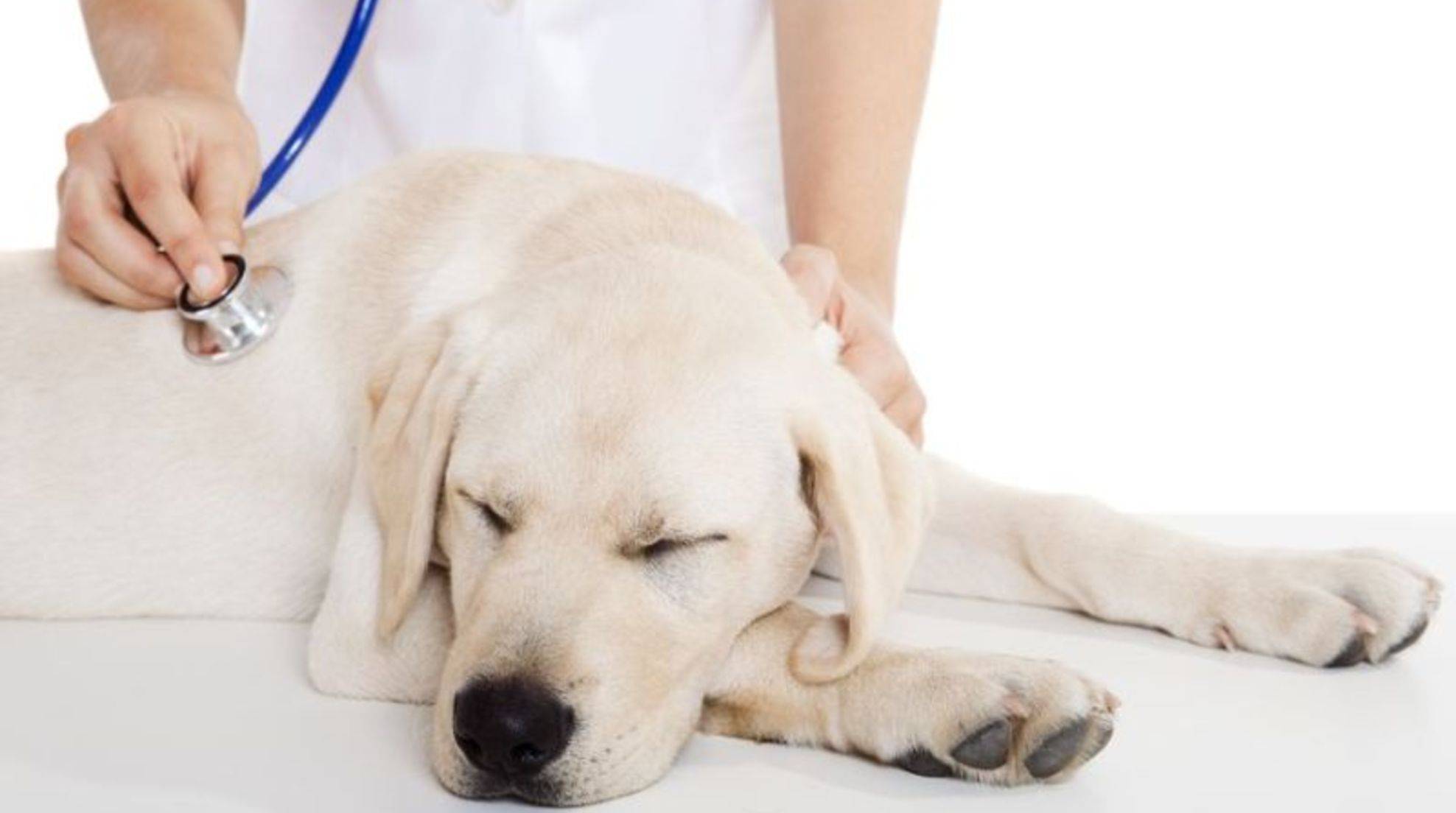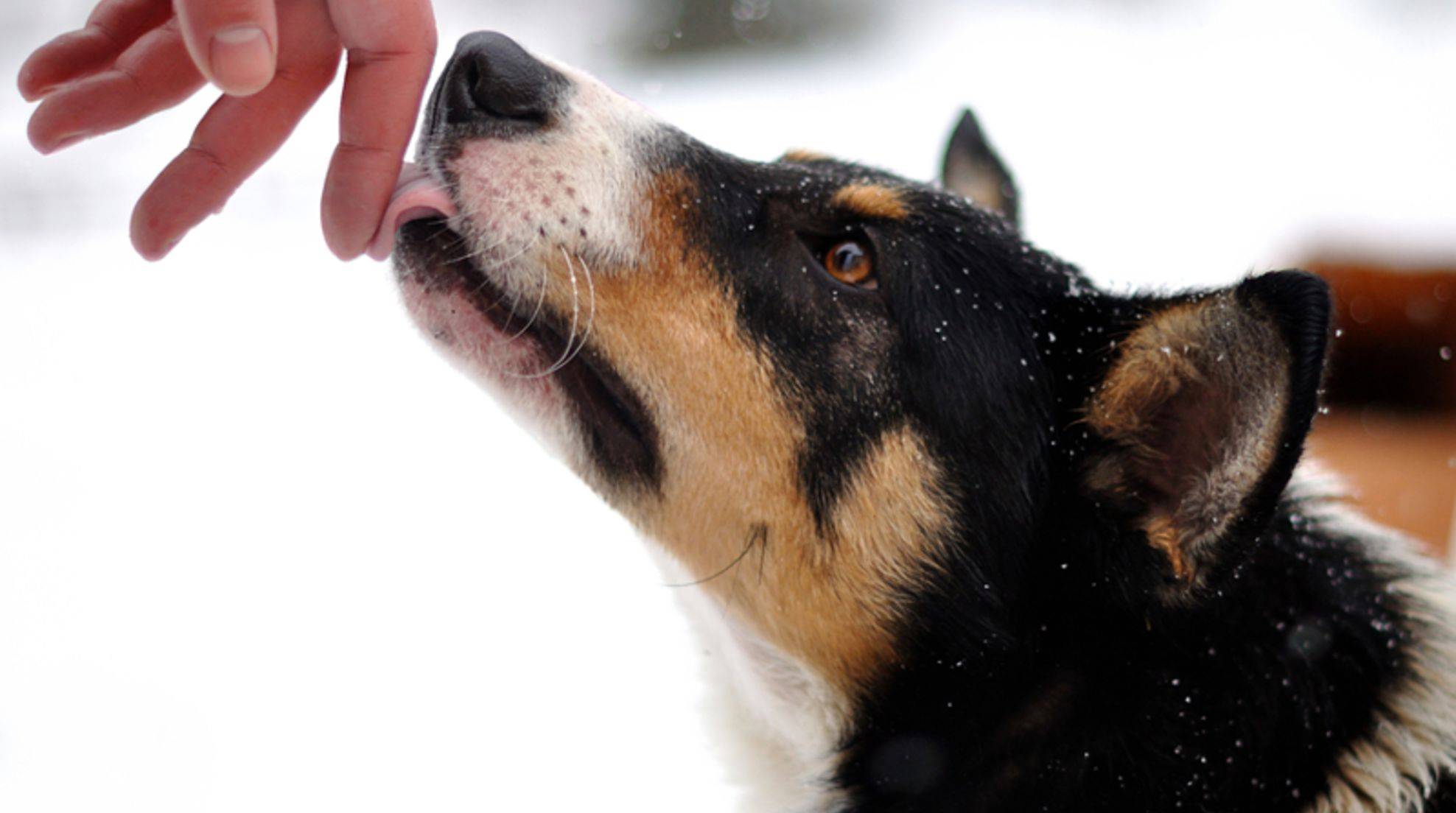Clicker training for beginners: tips for getting started
Clicker training for beginners means one thing above all: don’t expect too much from yourself and your dog right away, but start with the simple things. These tips can help you get started with this training method.
Clicker training for beginners starts without your dog: You should first practice the handling of the clicker model, but especially the correct timing. Because this is the only way dog training with clicker works. The four-legged friends must hear the typical “click-clack” at the right time so that they link it with the desired behavior.
Important tip: To avoid teaching your dog the wrong behavior, you should not start training until you have the right timing.
Clicker training for beginners: making click a reward
A crucial task in clicker training for beginners is to establish the click sound as a reward signal. Your dog needs to understand that the click signifies that he has done something right. The easiest way to accomplish this is to practice this with treats. This principle is called classical conditioning. When the dog responds to the click, you reward; undesirable behavior; when your animal friend does not react to the sound, you ignore it.
Exercise with treats and clicker
One possible exercise: hold two locked hands outstretched towards the dog’s muzzle. One hand is empty, in the other is the treat. Of course, your darling smells where the object of desire is. However, he may only receive it if he turns away from this hand and towards the empty hand instead. A second person activates the clicker as soon as he does this, and you hand over the treat. The dog learns that specific behavior is rewarded with food – and a clicking sound.
Tip: Keep the exercises short
Practice makes perfect. This also applies to clicker training for beginners. Keep the exercises short so as not to overtax your four-legged friend. In the beginning, one to two minutes are enough. It is better to train several times a day with such short units than to hold a few long lessons. Although dogs are brilliant, they still learn differently than humans in school. The main thing is that you and your dog enjoy the training and that you do not overstrain your four-legged friend’s concentration.
You can gradually lengthen and complicate the training sessions: Hold the treat sometimes in one hand and sometimes in the other. Or have two different people hold it. The important thing here is that you always click at the right time, namely when your dog sniffs the empty hand.

